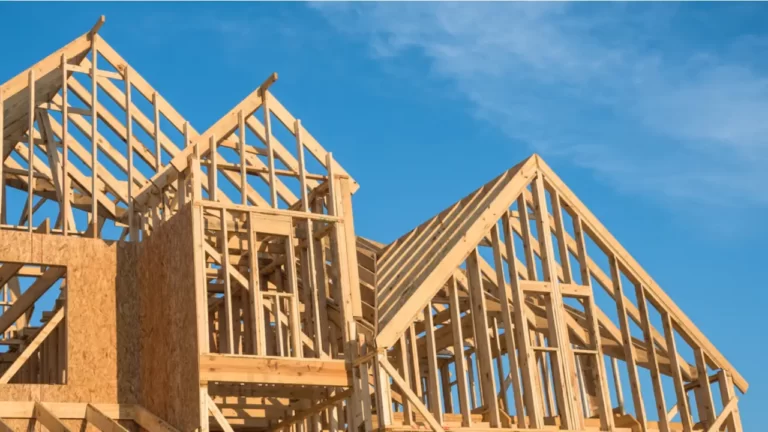When homeowners need to access cash for home improvements, debt consolidation, or other expenses, a cash-out refinance can be an appealing option. This type of refinancing allows homeowners to borrow against the equity they’ve built up in their homes, receiving a lump sum payment in exchange for a higher mortgage balance and monthly payments.
One common question that arises with cash-out refinancing is whether the funds received need to be repaid. The answer is yes, homeowners who take out a cash-out refinance loan will need to repay the borrowed funds, just as they would with any other type of loan. However, the terms of the loan and repayment requirements may vary depending on the lender and the borrower’s financial situation.
How a Cash-Out Refinance Works
Before we dive into the repayment details, let’s first review how a cash-out refinance works. When a homeowner applies for a cash-out refinance, they are essentially applying for a new mortgage loan that is greater than their existing mortgage balance. The difference between the two amounts is paid out to the borrower in cash at closing.
For example, let’s say a homeowner has a current mortgage balance of $150,000 and wants to access $30,000 in cash through a cash-out refinance. They might apply for a new mortgage loan of $180,000, with the additional $30,000 paid out in cash at closing. The borrower will now have a higher mortgage balance of $180,000 and will need to make monthly payments based on the new loan amount and interest rate.
Repaying a Cash-Out Refinance Loan
Because a cash-out refinance is a new mortgage loan, the borrower is required to make monthly payments based on the new loan terms. This typically means higher monthly payments than the borrower was making before the refinance, as the loan amount and interest rate are higher.
In addition to the regular monthly payments, the borrower will also need to repay the borrowed cash-out funds. Depending on the lender and the loan terms, this repayment may be required immediately, or it may be added to the loan balance and paid off over time.
For example, let’s say the borrower in our previous example received $30,000 in cash-out funds through a refinance loan. The lender may require the borrower to repay this amount within a certain timeframe, such as within the first year of the loan. Alternatively, the lender may add the $30,000 to the loan balance, meaning the borrower will make monthly payments on both the new loan amount and the borrowed funds.
It’s important for borrowers to carefully review the loan terms and repayment requirements before agreeing to a cash-out refinance. Some lenders may have stricter repayment requirements than others, and borrowers who are unable to make their monthly payments or repay the borrowed funds could face consequences such as foreclosure or damage to their credit score.
Final Thoughts
While cash-out refinancing can be a helpful way for homeowners to access cash for important expenses, it’s important to understand the repayment requirements and potential consequences before applying for this type of loan. Homeowners should work closely with their lenders and financial advisors to ensure they understand all aspects of the loan and can make timely payments to avoid negative outcomes.






